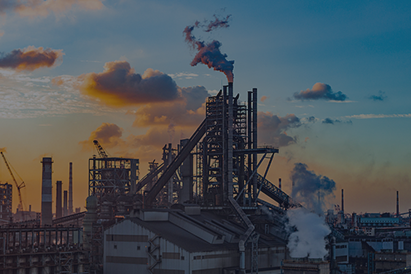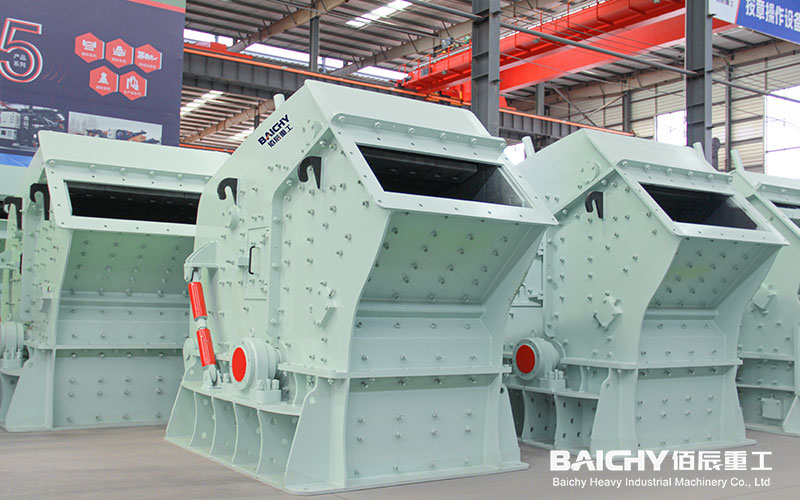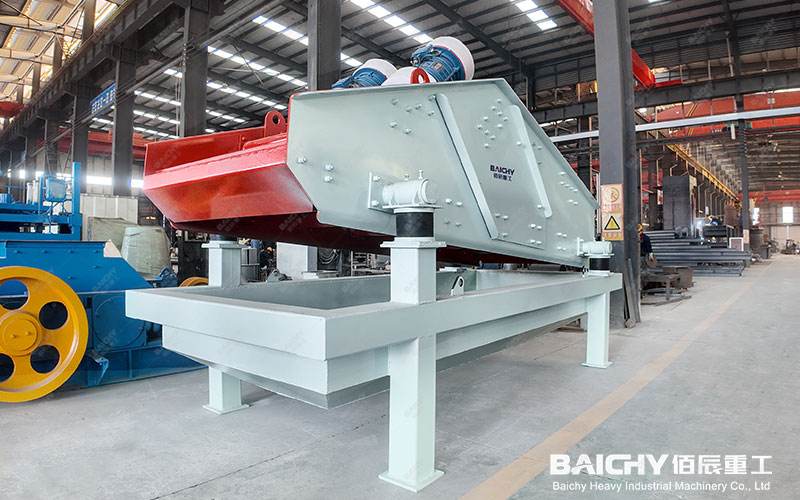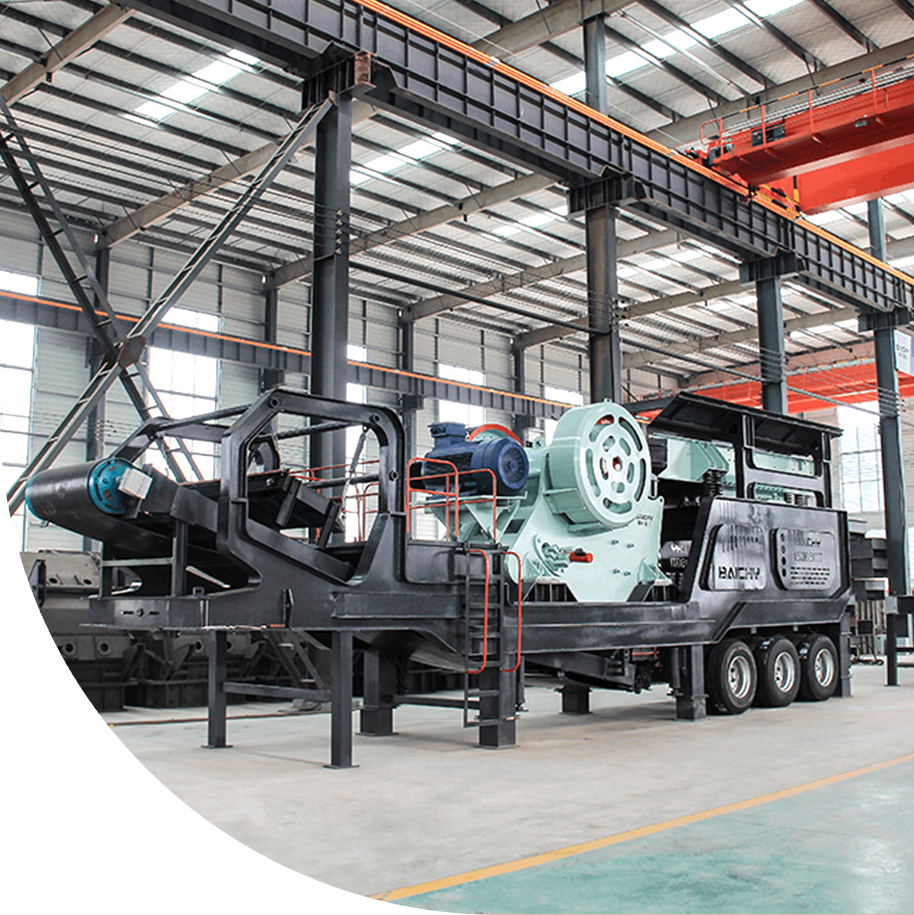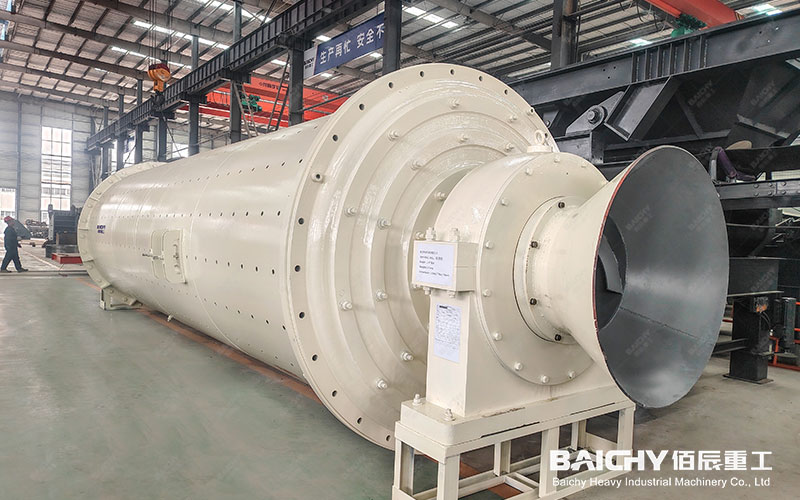
1. What is an aggregate wet ball mill?
Aggregate wet ball mill (Wet Ball Mill) is a key equipment specially used for wet grinding of ores and aggregates. It is widely used in building materials, metallurgy, chemical industry, mining and other industries. Compared with dry ball mills, wet grinding can effectively reduce dust pollution and improve grinding efficiency, especially for high-humidity materials or conditions requiring fine grinding.
Core advantages of wet ball mill
✔ High grinding efficiency: water medium assists grinding, reduces material adhesion, and improves fineness uniformity.
✔ Environmental protection and energy saving: wet operation effectively suppresses dust and meets green production standards.
✔ Strong adaptability: Applicable to a variety of aggregates such as quartz sand, iron ore, feldspar, fluorite, etc.
✔ Easy maintenance: wet grinding can reduce equipment wear and extend the service life of liner and steel ball.
2. Working principle of wet ball mill for aggregates
The core working process of wet ball mill can be divided into the following stages:
• Feeding stage: the material and water are mixed in proportion and enter the mill cylinder.
• Grinding stage: the rotation of the cylinder drives the steel balls (grinding media) to impact, squeeze and rub the material to achieve crushing.
• Classification and discharge: the ground slurry is discharged through overflow or grate plate, and the particles that do not meet the standards continue to be circulated and ground.
Key influencing factors:
• Ball loading (usually 30%-45% of the cylinder volume)
• Speed (65%-80% of the critical speed is optimal)
• Water-to-material ratio (affects slurry fluidity and grinding efficiency)
3. Comparison of aggregate wet ball mill model parameters
| Model | Cylinder diameter (mm) | Cylinder length (mm)| | Processing capacity (t/h) | Motor power (kW) | Applicable materials |
| 0918 | 900 | 1800 | 0.5-2 | 18.5 | Quartz sand, feldspar |
| 1530 | 1500 | 3000 | 5-15 | 110 | Iron ore, fluorite |
| 2430 | 2400 | 3000 | 20-50 | 280 | Gold ore, copper ore |
| 3645 | 3600 | 4500 | 80-150 | 1250 | Large Ore Dressing Plant |
Selection Recommendations:
• Small production line (<5t/h): MQG0918/MQG1530, suitable for laboratory or small-scale processing.
• Medium-sized project (10-50t/h): MQG2430, balance efficiency and energy consumption.
• Large mine (>80t/h): MQG3645, high capacity, low unit energy consumption.
4. Wet ball mill vs dry ball mill: how to choose?
| Comparison items | Wet ball mill | Dry ball mill |
| Applicable materials | High humidity, easy-to-adhere materials (such as clay) | Dry, fluid materials (such as cement) |
| Grinding fineness | Finer (up to 400 mesh or more) | Relatively coarse (usually 200-300 mesh) |
| Energy consumption | Higher (need to treat water medium) | Lower |
| Environmental protection | No dust pollution | Requires matching dust removal equipment |
| Maintenance cost | Lower (wet grinding reduces wear) |
Conclusion: If the material has a high moisture content or requires ultra-fine grinding, a wet ball mill is a better choice; if low cost is pursued and the material is dry, a dry ball mill is more economical.
Further reading: What Are the Differences between Dry and Wet Type Ball Mill?
5. How to choose a reliable aggregate wet ball mill manufacturer?
• Technical strength: Check whether the manufacturer has patented technology (such as energy-saving liner, automatic control system).
• Case experience: Successful cases in the same industry (such as quartz sand and iron ore grinding projects) are required.
• After-sales service: Whether installation and commissioning, regular maintenance, and spare parts supply are provided.
• Price transparency: Compare multiple quotations and beware of low-price traps (may sacrifice materials or processes).
6. FAQs
Q1: How to calculate the water consumption of a wet ball mill?
A: Usually the water-to-material ratio is 0.4-0.6:1, which needs to be adjusted according to the material characteristics.
Q2: What should I do if the steel ball loss is large?
A: Choose high-chromium alloy steel balls, check and replenish the balls regularly, and keep the ball loading at 30%-45%.
3: How to dehydrate after wet grinding?
A: It can be equipped with a concentrator or filter press for solid-liquid separation.
Aggregate wet ball mill is the core equipment of wet grinding. The selection needs to comprehensively consider the material characteristics, production capacity requirements, and energy consumption costs. If you need to learn more about the equipment parameters or get a free solution quotation, please contact Baichy Heavy Industry's technical team!



